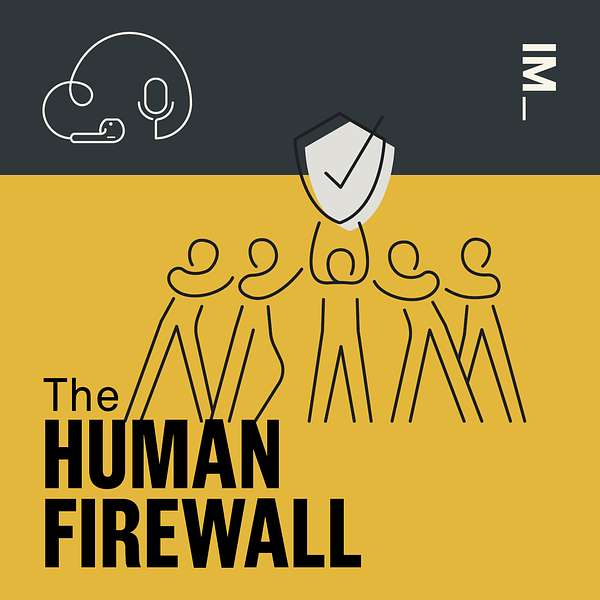
The Human Firewall
The Human Firewall
S2-E5: Luca Dellanna: Chaos and complexity in risk management
Our guest is Luca Dellanna, and your hosts are Lasse Frost and Jakob Danelund.
This episode is about preventing bad stuff from hitting us hard – everything from pandemics to data leaks and cyberattacks - and how understanding terms like ergodicity and antifragility is crucial to do so in the chaotic and complex modern world in the 21st Century.
Follow Luca on LinkedIn here.
Read more about Luca’s work here.
Luca strongly recommends everyone to read Nassim Taleb’s book Antifragile. Find it here.
During the episode, we refer several times to the Pyramid of Risk. Find it here.
Luca talk us through a compliance case about fixing a warehouse floor. Read more about it here.
Luca’s vision: That we create a world where we care a bit less about ticking compliance boxes or just imitating what other people do without understanding, and a bit more about clipping tail risks. Basically, I hope that Nasim Taleb becomes required reading material in high school. And then that we remember basics of risk management: We are not magically exempt from risk, unless we take explicit action to protect us from it and, if it happens, keep it from destroying us.
Luca’s 3 advice:
- What can we do tomorrow: There are two basic tools that do not require any expertise to understand and use, and that you can teach to a very wide audience in 15 minutes: Pyramid of Risk and Pre-Mortems. Many companies do post-mortems in talking about what went wrong and what to do better next time after the fact. Pre-Mortems are the same thing, but just done before the fact. Let’s say that you want to launch a new product, and before you launch it, you ask yourselves: “Let’s imagine that the launch fails. What could have been the reasons for it, and what can we do about it today?”. And once you come up with some answers, you ask: “If we do X / Y / Z about it, is there no way that it can fail now?” Oftentimes there is, so you simply repeat the exercise a bit, and then you get really good answers.
- What can we do in 6 months: Ensure that the Pyramid of Risk and Pre-Mortems are implemented in practice. That means that the moment you explain it, you need to create an area of application and set clear targets for it in 6 months. It is crucial to select a very small area, and to be consistent in how you plan to measure and encourage performance, so that it is clear to everyone what you expect them to do and why. If you do a good job, after 6 months, then you can expand it to other areas.
- What can we do in 5 years: It is extremely important to go back to the principals, the foundations. One mistake that some companies do is that they achieve an objective, and then they think that, because they’ve achieved that objective, they can stop talking about everything they did to achieve that objective. People forget, get other priorities, and then there is a decay or a decadence. I think it is extremely important that this attention to the fundamentals is sustained, even when in theory we could aim for more. I would consider the latter a nice-to-have.